The city of Livorno has always had a deep connection with the arts and culture, and one of the artists whose name is most closely linked to that of Livorno was Amedeo Modigliani. Born July 12, 1884 in the Tuscan city, Modigliani left an indelible imprint not only on the art world but also on the history of his hometown. Livorno, with its tradition as an open port and cultural crossroads, provided Modigliani with fertile ground to explore his creativity early on. The city, with its vibrant mix of cultures and Mediterranean influences, a land of artists (he was from Livorno, just to mention one name, Giovanni Fattori), had a considerable influence on the young artist. Livorno’s ethnic diversity, with a significant presence of Jewish communities (Modigliani’s family was also Jewish), left an indelible imprint on the artist’s artistic development.
Although Modigliani left Livorno at a very young age to move to Paris, the warmth and energy of the Tuscan city retain many traces of the painter. The relationship between Amedeo Modigliani and Livorno is imbued with a deep and intimate affinity, and there are many places to see today to follow in the artist’s footsteps in his daily life in the city, so much so that associations in the area often organize real tours to discover Modigliani’s places in Livorno, which are always successful. But what are the places in Livorno most associated with Amedeo Modigliani’s presence? Here are ten of them!
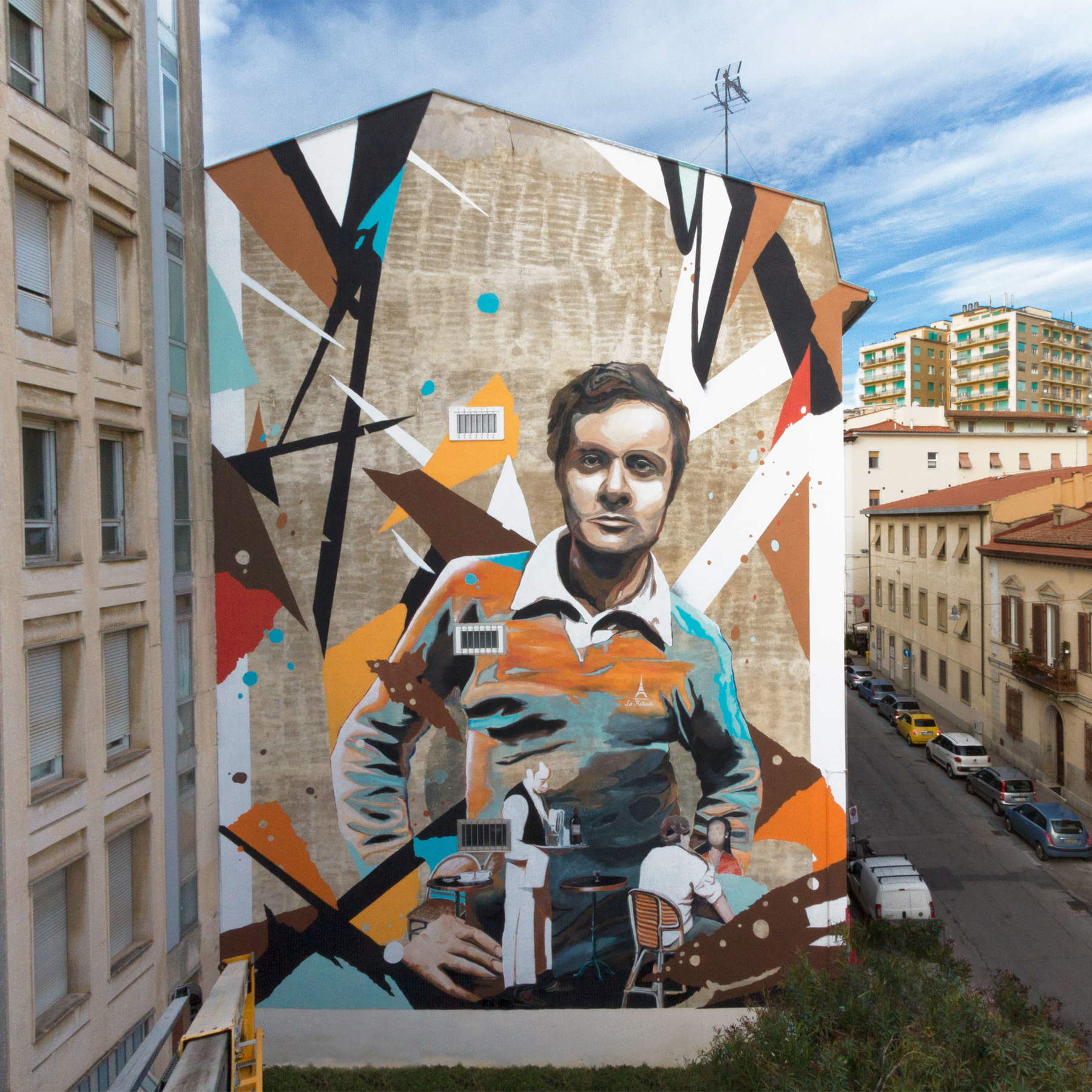
Amedeo Modigliani was born in a 19th-century mansion located at 38 Via Roma, then the heart of the Jewish quarter, now a street known for its many art galleries (at the time it was called Via della Barriera Maremmana). Today, the house houses the headquarters of the Casa Modigliani Birthplace Association, and some of the rooms have been preserved close to how little Amedeo must have seen them (for example, the marble sink in the kitchen is still the original one, and the same goes for the floors and some of the decorations). An exhibition of photographs and documents tracing Amedeo Modigliani’s life has been set up in the Birth House, which can be visited. Among the most interesting documents are the diary of Amedeo’s mother Eugenie Garsin, family photos (including one in which a child Modigliani embraces Giovanni Fattori: the two were separated by an age difference of sixty years), and then there are pictures of Modigliani’s works and also works by twentieth-century and contemporary artists (including Renato Guttuso, Enrico Baj, Mimmo Rotella, Tano Festa, Luigi Ontani, Concetto Pozzati, Elio Marchegiani, Mark Kostabi and others) who have variously interpreted the art of “Modì.” A short distance from the Birth House is also a huge mural, created in 2019 by Parisian artist Arnaud Liard and titled L’âme de Montparnasse

Located on Via Ernesto Rossi, this is the school that was attended by Amedeo Modigliani: the artist is reported to have been enrolled in all classes between the years 1893 and 1898 (the very young Modigliani’s report cards have also recently been unearthed). He then left school and devoted himself to his artistic career, entering the workshop of Guglielmo Micheli, at the time one of Livorno’s most highly regarded masters and a leading name in late 19th-century Tuscan art. The Liceo Guerrazzi was founded in 1861 and has always been Livorno’s classical high school: in 2017 it was merged with the “Angelica Palli” Magistral Institute and became one of the addresses of the new “Niccolini-Palli” State Institute of Higher Education. People such as Giovanni Pascoli and Carlo Azeglio Ciampi also passed through the desks of this school. It was here that Modigliani’s culture began to form.

It was here, in Benamozegh Square, a very short distance from the Cathedral, that the old 17th-century Synagogue was located, unfortunately destroyed during the bombings of World War II and rebuilt in its present form in 1962, designed by architect Angelo Di Castro: the new temple of the city’s Jewish community stands on the site where the Synagogue attended by Modigliani once stood and in which the artist, at the age of 13, had his Bar Mitzwah, which marks the transition to maturity according to the Jewish religion (during the ritual, the boys read a passage from the Torah or Haftarah, and at the end the family offers refreshments to family and friends). It is an important celebration since after the Bar Mitzwah a Jew is held as a responsible member of his community.

Livorno’s Jewish Monumental Cemetery is located on Via Ippolito Nievo and was used between 1840 and 1900: it was one of several sites throughout history that Livorno’s Jews used for their burials. Members of the Modigliani family also rest here: among them, their aunt Rosina Modigliani, their grandfather and grandmother (Emauele Modigliani and Olimpia Della Rocca), and their mother’s relatives. It is one of the most important places to understand how dense and active Livorno’s Jewish community was between the 19th and 20th centuries.

At the intersection of Via Gamerra and Via Baciocchi, right at the end of Via Roma, thus within walking distance of Modigliani’s birthplace, was Villa Baciocchi: here, on the first floor, the painter Guglielmo Micheli had his workshop. Beginning in 1898, a 14-year-old Modigliani began to frequent the atelier of the prominent post-macchiaiolo painter, learning to draw from life, with frequent outings to the nearby Ardenza waterfront. Modigliani’s first approach to art was in fact with the landscape genre, which, however, the artist disliked (so much so that he abandoned it as soon as he became an independent artist). The villa later became an orphanage but was completely destroyed in 1943 during the bombings of World War II, and the building was rebuilt, but in different forms than it once was.

A historic caf� in Livorno that was very short-lived, since it was only open for thirteen years, from 1908 to 1921, but it played a fundamental role for Livorno’s artistic community since it was a habitual meeting place for artists who developed their poetics here (it was an indispensable reference point for the entire post-Macchiaiola community: artists such as Gino Romiti, Renato Natali, Benvenuto Benvenuti and others were regulars here, and it was here that the Gruppo Labronico, the historic association of Leghorn artists that still exists today, was in fact founded). Modigliani, too, was for some time among the artists who gravitated around the Caffè Bardi, as evidenced, moreover, by the Portrait of Aristide Sommati, an artist born in 1881 who was among the other regulars at the Caffè Bardi: the drawing, executed on a sheet of the Caffè Bardi (also present is the logo and all the addresses) is currently kept at the Fattori Museum in Livorno. Today, there is a gift store of a well-known international chain in the building where Caffè Bardi was located, but a plaque on the facade recalls the building’s artistic past and the presence of the caf�.
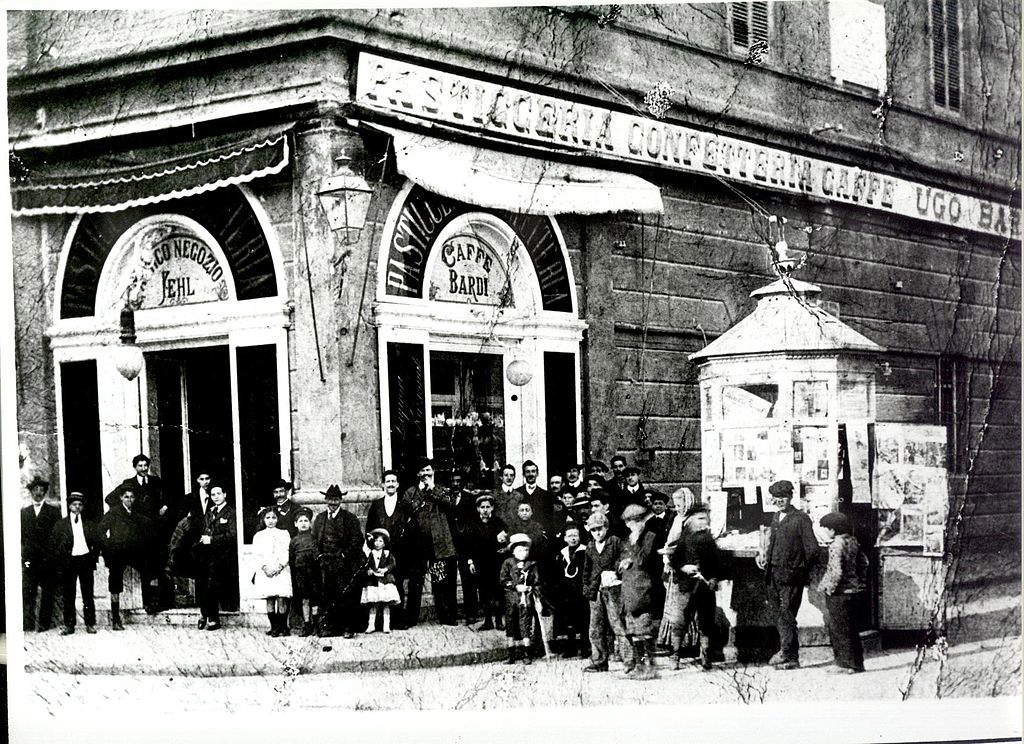
Modigliani moved to Paris in 1906, and here he stayed three years: in fact, in 1909, at the urging of friends who feared for his precarious health, to which the climate of the French capital was not good for, he returned to Livorno, where he stayed only for the summer, however, and by September he was back in Paris. During his stay in the city, however, he was able to procure a studio for himself on Via Gherardi del Testa, in a room inside the Mercato delle Vettovaglie whose construction had been completed a few years before. In the large room that Modigliani rented inside the Mercato delle Vettovaglie were born, according to the accounts of the painter Cafiero Filippelli, some of the famous heads, the sculptures that the artist, dissatisfied, would later throw into Livorno’s Fosso Reale.
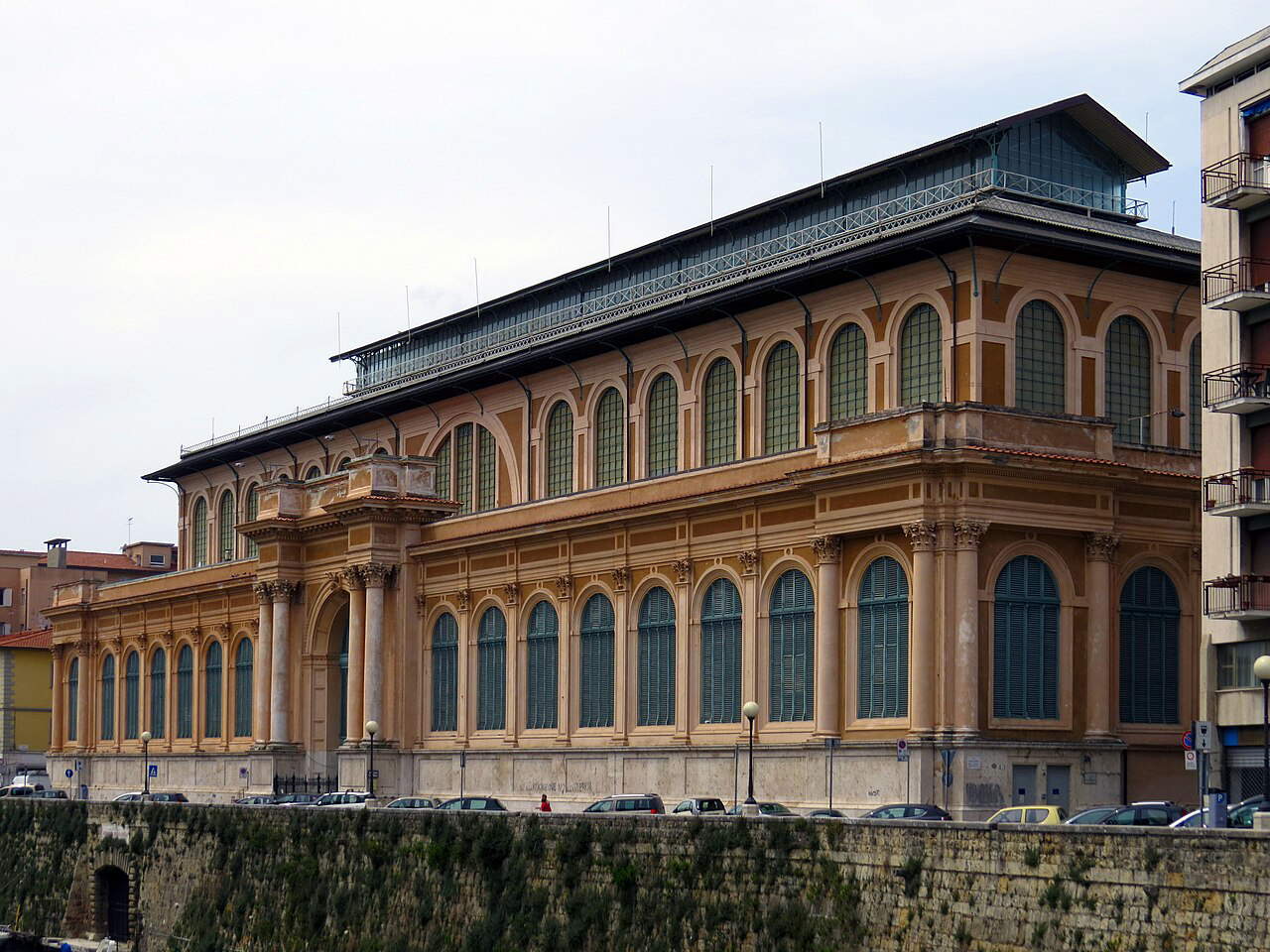
According to the testimony of the photographer Bruno Miniati, also confirmed by the painter Gino Romiti, this is where the two were with Modigliani in the summer of 1909, during “Dedo’s” brief stay before leaving for Paris, when the artist allegedly showed the two colleagues a head carved in stone and then threw it into the water of the Fosso Reale, in the stretch that is in front of the Church of the Dutchmen, the place of worship of the Dutch community in the city. And also in the Royal Ditch the artist, along about the same stretch, would throw other sculptures, due to the fact that he was not satisfied with the result. Whether this is truth or legend, however, we do not know: what is certain is that Modigliani’s sculptures have never been found.

The canal that once surrounded the fortified city of Livorno, and which had basically defensive functions, became famous not only because Modigliani allegedly threw into the Fosso Reale, according to some accounts as seen above, the sculpted heads that did not satisfy him: the Fosso Reale, in fact, was at the center of the sensational hoax that was hatched in the summer of 1984 (the year of the centenary of his birth), when the City Council, at the urging of the then director of what was then called the Progressive Museum of Modern Art in Livorno, had the ditch dredged in the hope of finding the statues. Three statues were indeed found, judged by many critics (and among them some of the great names of the time such as Dario Durbè, Giulio Carlo Argan and Carlo Ludovico Ragghianti) to be authentic: it was later discovered that the three sculptures were the work of three students from Livorno, Pietro Luridiana, Pierfrancesco Ferrucci and Michele Ghelarducci, who claimed to be the authors of the works, executed with the help of a sculptor, Angelo Froglia, and then thrown into the Fosso Reale as a prank (in confirmation, the young men sent the newspapers a photo showing them before the hoax, along with the sculptures later found in the canal). Froglia, for his part, declared that his intent was to demonstrate how easily the public’s beliefs could be influenced. Sure enough, the hoax succeeded.
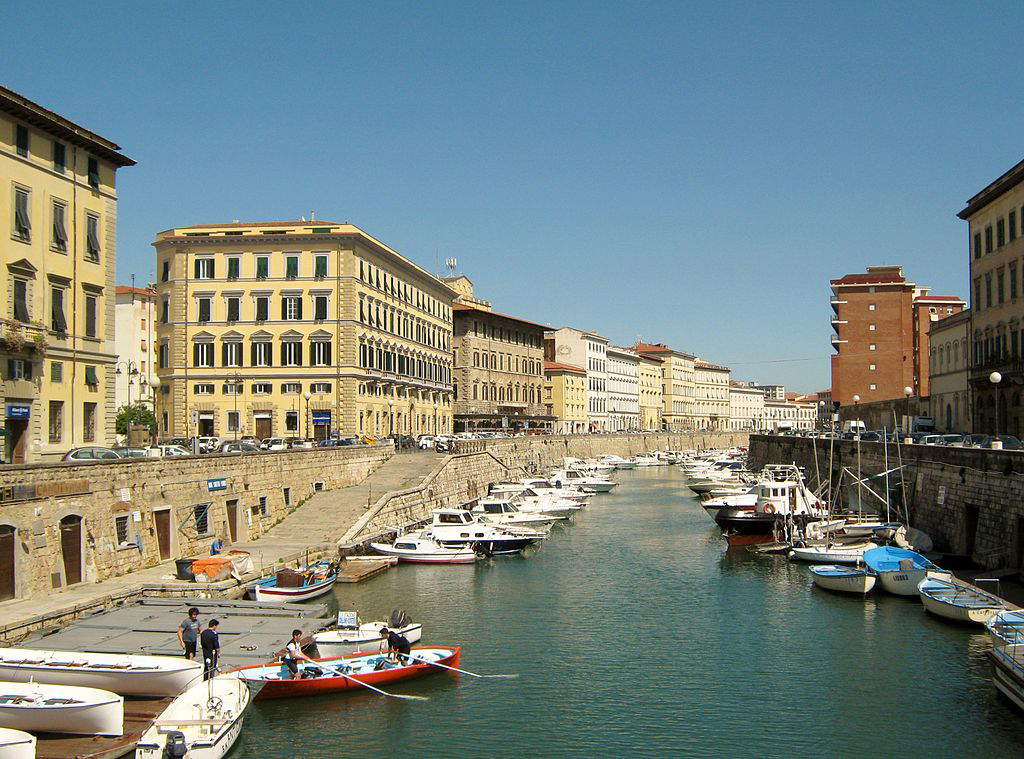
This is the city’s most important art museum, and it also houses two works by Modigliani. In fact, the Giovanni Fattori Civic Museum preserves the Portrait of Aristide Sommati (not always visible for conservation reasons), and a landscape attributed to him, a “Tuscan Street” from around 1898 that would represent one of Modigliani’s early experiments. The work, traditionally attributed to “Modì,” is painted, as the museum’s card states, “with rapid brush strokes and punctuations of color seeking the effects of varying light,” and is probably a glimpse of the countryside near Salviano, on the outskirts of the city, where Guglielmo Micheli’s pupils frequently went. “A clear road, strongly foreshortened, so much so that it is lost in the central vanishing point, is flanked on the left by a house with barely hinted volumes, on the right by a tree rendered with a ’stain’ of dark green, the only vertical element in the scene; beyond the countryside and the hills behind is a cloudy sky lightened by pink touches of sunset.”
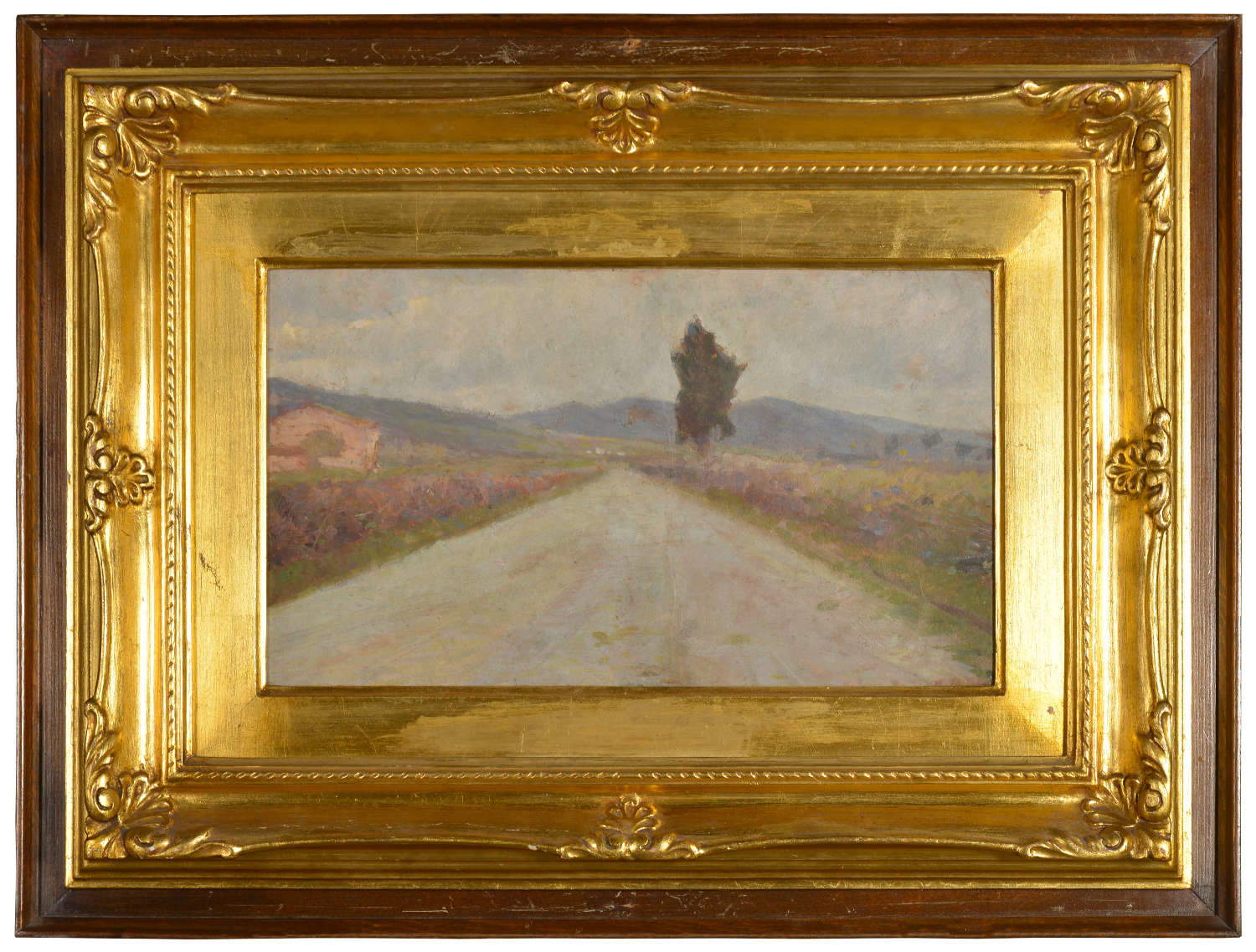
 |
| Modigliani's places in Livorno: 10 sites to learn about the artist |
Warning: the translation into English of the original Italian article was created using automatic tools. We undertake to review all articles, but we do not guarantee the total absence of inaccuracies in the translation due to the program. You can find the original by clicking on the ITA button. If you find any mistake,please contact us.